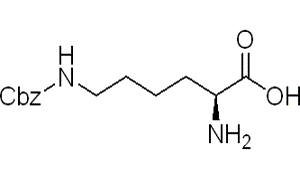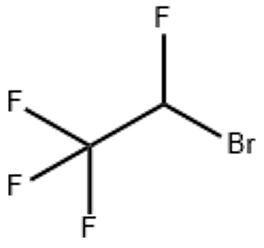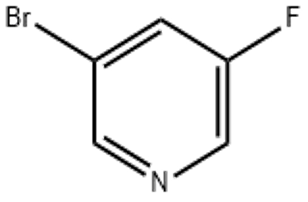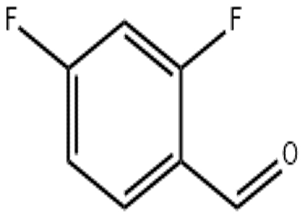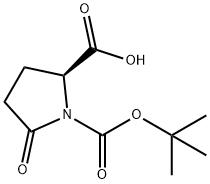4-Methyl-2-pentanone(CAS#108-10-1)
| Risk Codes | R11 – Highly Flammable R20 – Harmful by inhalation R36/37 – Irritating to eyes and respiratory system. R66 – Repeated exposure may cause skin dryness or cracking R39/23/24/25 - R23/24/25 – Toxic by inhalation, in contact with skin and if swallowed. |
| Safety Description | S9 – Keep container in a well-ventilated place. S16 – Keep away from sources of ignition. S29 – Do not empty into drains. S45 – In case of accident or if you feel unwell, seek medical advice immediately (show the label whenever possible.) S36/37 – Wear suitable protective clothing and gloves. S7 – Keep container tightly closed. |
| UN IDs | UN 1245 3/PG 2 |
| WGK Germany | 1 |
| RTECS | SA9275000 |
| TSCA | Yes |
| HS Code | 2914 13 00 |
| Hazard Class | 3 |
| Packing Group | II |
| Toxicity | LD50 orally in rats: 2.08 g/kg (Smyth) |
Introduction
4-Methyl-2-pentanone is an organic compound. The following is an introduction to its properties, uses, preparation methods and safety information:Quality:- Appearance: 4-methyl-2-pentanone is a colorless liquid with a water-like odor.- Density: It has a density of approximately 0.812 g/mL.- Solubility: It is soluble in common organic solvents like ethanol, ether, and acetone, but not in water.Use:- Chemical: 4-methyl-2-pentanone can be used as a solvent for organic synthesis reactions, especially in the extraction and separation of plant extracts.Preparation method:There are several ways to prepare 4-methyl-2-pentanone, one of which is commonly used from hexanone (2-pentanone) through a methyl saturation reaction. This reaction requires the use of methylating agents such as magnesium methyl bromide (MeMgBr) or sodium methyl iodide (MeI). In this way, the methyl group can be added to the carbon backbone of the 2-pentanone molecule to obtain 4-methyl-2-pentanone.Safety Information:- 4-Methyl-2-pentanone is toxic to humans, and contact or inhalation may cause irritation and damage. Direct contact with the skin and eyes, as well as inhalation of vapors from the substance, should be avoided.- Appropriate PPE, such as gloves, goggles, and respirators, should be worn when using it. When using and storing, try to avoid fire sources and high temperatures.- In the event of a leak, appropriate emergency measures should be taken immediately and good ventilation should be ensured.- Please carefully read and follow the product’s safe operation guidelines and relevant regulations before use.



